Mo' Monies is an article written for Pidgin 15 describing, in an almost bastardizing way (short tips and taps), the process of producing the Prop laptop stand. The relevance to this publication is in the attempt to use a concrete example to describe opportunities that can rise to the surface solely through a project's inevitable financial hurdles. The article touches on a few moments where new partnerships were formed, appearances re-branded, and focal points reoriented that were necessary in order for the projects survival. The narrow focus of this project is to draw an optimistic relationship to a more flexible dynamic design process for a larger endeavor. Shall I dare say Architecture? From initial conception through finalized production and distribution (where the article leaves off) the Prop underwent a series of reformations that were allowable only by a flexible design and managerial structure.
In line with a genuinely optimistic (though admittedly naive) hope for a post-Fordist structural model, this article aims to show the potential of flexibility when encountering financial woes head-on. Accept the challenges and take the risks. A "problem" is probably just a misspelled "potential".
-
Prop process diagram made for article:
Excerpt from Pidgin 15 2013
A lack of sufficient funding often halts entrepreneurial endeavors, snatching the breath out of a project before it reaches its potential. The large steps of starting a business, establishing legal rights, and defining market specifications can stall a project. There are, however, newly established business opportunities and non-traditional funding routes that can help designers to navigate around financial roadblocks. Contrary to more traditional (linear) project development routes, an iterative design model occurs when novel investor relationships and an ever evolving target audience come together. The following will describe this narrative in the design process of the Prop laptop stand by MAKE Collaboration.
This model of project development interprets moments where substantial financial support was necessary for advancement as moments to rethink design strategies. In the design, manufacturing, and marketing of the Prop, we realized that the need for funding need not be considered a problem, but an opportunity to clarify our project and its mission.
* For full article see Pidgin 15: Money

